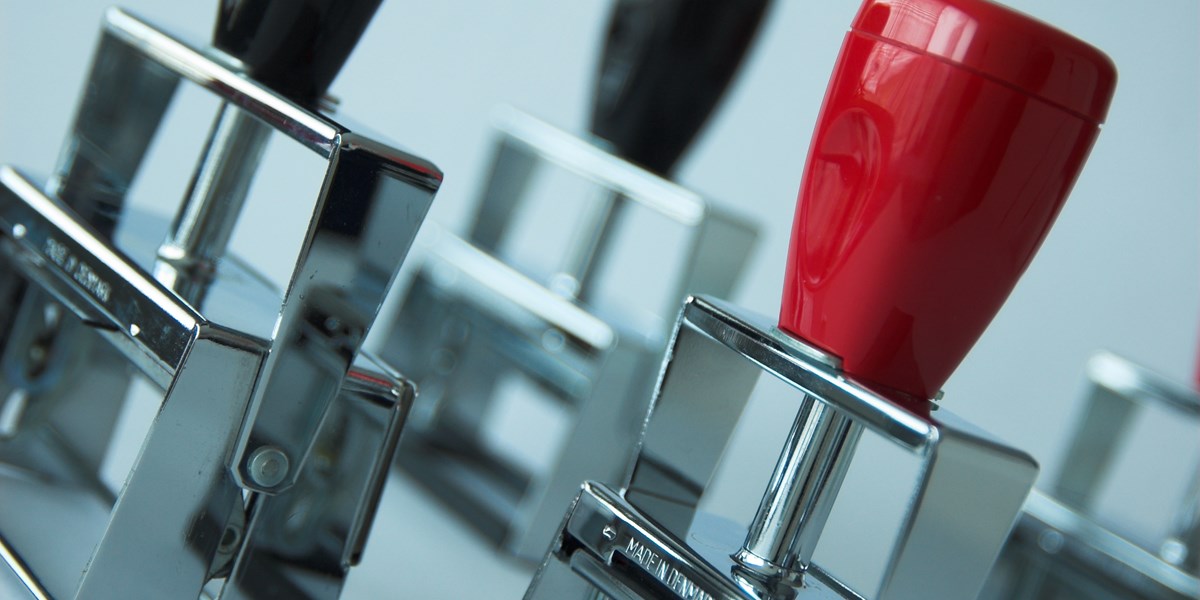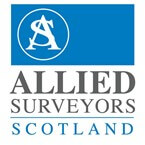What is Land and Building Transaction Tax (LBTT)?

If you’re looking to buy a home in Scotland, you’re going to need to be aware of LBTT. This is a tax that is payable on top of the price you agree to pay for a property.
This guide will explore what LBTT is, what is stands for, and everything you need to know about this tax.
What is LBTT and What Does it Stand For?
LBTT stands for Land and Building Transaction Tax. It is a Scottish tax applied to purchases of land and property, regardless if it’s residential or non-residential, according to the Scottish Government.
This tax came into place in 2015, replacing the UK Stamp Duty tax in Scotland. LBTT is only applicable if you’re looking to buy a house for more than £145,000 however, there is an exemption for first-time buyers who don’t have to pay LBTT unless the property value is over £175,000.
How Does LBTT Apply to Investment Properties?
If you’re an investor buying a property for the purpose of renting it out, you’ll need to pay a little extra. Not only will you need to pay the standard LBTT rates, but you’ll also need to pay the Additional Dwelling Supplement (ADS) tax, which is an extra 4% of the total property price. This is sometimes referred to as the ‘second home tax’.
The ADS was implemented to protect opportunities for first-time buyers and is applicable to property purchases over £40,000.
Does LBTT Affect Commercial Property?
LBTT does impact commercial property, but the rates are calculated differently from residential.
On purchases, you will pay no LBTT on a property up to £150,000. Anything above this, and you’ll have to pay LBTT of 1% of the consideration over £150,000, and an additional 5% of the consideration over £250,000, if the property price exceeds £250,000.
LBTT is payable on leases of commercial property where total gross rental over the term of the lease is greater than £150,000. As calculation of LBTT on leases is especially complex, we always recommend taking professional advice from your lawyer or tax adviser in these cases.
How Do You Pay LBTT?
Usually, the solicitor who deals with the purchase or lease of your property will also handle the payment of LBTT on your behalf. However, if you want to pay it yourself, you need to contact Revenue Scotland and decide whether you want to pay online, by direct debit, or via the many other ways they offer.
You will need your 13-character tax reference (which starts with RS) and the amount payable. Make sure this is 100% correct before you submit.
It’s important to remember LBTT payments have to be sent within 30 days of completion of the property transaction.
Who Pays LBTT – the Buyer or Seller?
If you haven’t guessed already, the buyer is the one who has to pay the LBTT. Their name will be the one placed as the owner of the land, so they’ll be liable for the payment.
In some cases, your mortgage may be sufficient to also include the cost of the LBTT. However, this will depend on your LTV (loan-to-value) and how much money you have left over from the property purchase.
Conclusion
LBTT is very simple – it is essentially UK Stamp Duty under a different name. Of course, there are a few differences, as noted above.
If you’re buying a property, you’ll likely have to pay LBTT unless you are excluded. This will be the case if the property value is below the threshold or you’re a first-time buyer.
If you are thinking about buying a home, selling, or need a Home Report, we can help. Get in touch with your local office today.

Share